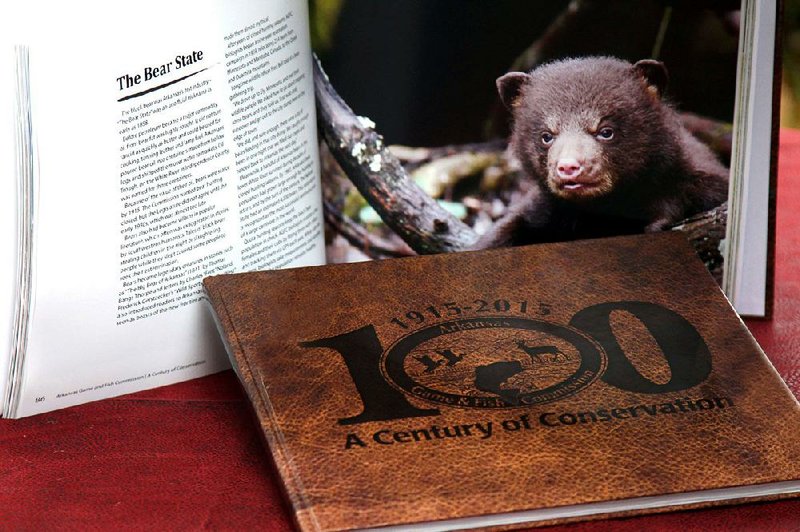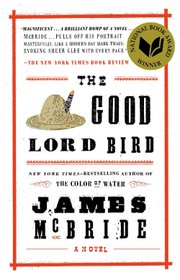"What are you reading?" is a loaded question, especially when posed to someone who writes about books. The truth is I read a little of maybe a dozen books a week, but only write about those I finish -- or nearly finish. There's no way to stay current as a literary critic; there's simply too much coming at you all the time to apprehend more than a small fraction of the fusillade. I understand that my view is as narrow as it is privileged. If I moved a fraction of an inch left or right, I'd expose my head and heart to different hazards, but just as many books would miss me.
So, I try not to worry too much about not reading whatever's hot. My experience is that a given book's best-seller status ought to temper expectations rather than elevate them. Like everyone else, I have favorites whose feeds I follow, but I know I'll never get around to reading everything I want to read, much less writing about everything I want to write about. (To all the book publicists and authors I've disappointed this year, I apologize.)
I also get sidetracked.
I just dug up a copy of James McBride's The Good Lord Bird, which won the National Book Award back in 2013 and was published in paperback (Riverhead, $16) in August, which makes it old news. I can't spend a column on it, but it's so good -- so funny, so vividly imagined, so much fun.
But it's keeping me from getting to the new Richard Ford novel, his latest (and probably last) Frank Bascombe book that's unfortunately titled Let Me Be Frank With You (Ecco, $27.99), which I will read and probably like because I like all of Ford's novels, even those I can't remember clearly. I even liked Canada, which no one else seemed to. By the time I get around to reading Frank, it'll probably be too late to write about it.
I also want to do something on the Library of America's fourth and final volume ($40) of Saul Bellow's novels, due Jan. 2. It comprises What Kind of Day Did You Have? (1984), More Die of Heartbreak (1987), A Theft (1989), The Bellarosa Connection (1989), The Actual (1997) and Ravelstein (2000). At least I've read those books (and written about most of them), but at this point I'll probably wait for Bellow's centennial in June 2015 to do a substantial piece.
Seeing as how this is likely the last book column I'll write this year (I will try to do another one or two, but time and news hole are finite resources and I'm closing in on capacity -- maybe I'll do a year-end piece for the blood, dirt & angels blog), I thought I'd try to cast a little wider net and invite some friends to tell what they're reading. Crowdsourcing may be the refuge of the lazy columnists, but these folks have been vetted.
Karen Martin, Arkansas Democrat-Gazette Perspective Editor and closest friend:
The image of the baby bear should have been on the cover. That's my only complaint about A Century of Conservation, one of two books produced by the Arkansas Game and Fish Commission to celebrate the agency's 100th anniversary on March 11, 2015.
The actual cover of this artfully produced keepsake is a dignified design featuring the commission's distinctive oval logo and a snakeskin-style background. The little black bear can be found on page 87, along with many more intriguing photographs of deer, raccoons, rabbits, elk, squirrels, birds, foxes, alligators, fish and other wildlife, as well as some of the spectacular wilderness found in the Natural State, many of them by commission photographer Mike Wintroath.
A Century of Conservation tells the story of the commission's first 100 years through short vignettes crafted by consummate outdoor journalist Joe Mosby, along with additional material and editing by the commission's Jeff Williams and Randy Zellers. The coffee-table publication begins with the organization's formation on March 11, 1915, and, through the observations of those involved, highlights the efforts of individuals, groups and organizations to restore dangerously low wildlife populations such as white-tailed deer and black bears as well as other conservation battles throughout the century.
The other publication, A Celebration of Conservation: 100 AGFC Recipes, is a lie-flat cookbook offering recipes -- among them venison and fish dishes, casseroles and desserts -- from commission employees, their families and friends, illustrated by Wintroath's appetizing photos.
Both books are available via mail and at all four of the commission's nature centers, Ponca Elk Education Center and Little Rock headquarters.
A Century of Conservation is $20 or $25 by mail. A Celebration of Conservation is $10 in person and $13 by mail. Buy both for $25 in person or $30 by mail. To order or learn more, visit agfc.com or call (501) 223-6351.
William B. Jones, writer:
I tend to keep two or three books going at the same time, which stretches out the experience of each in a generally pleasant, unhurried way. A couple of months ago I was writing an introduction to the Classics Illustrated edition of The Red Badge of Courage and I began Paul Sorrentino's excellent biography Stephen Crane: A Life of Fire (Belknap/Harvard, $39.95). I'm wrapping it up now and would highly recommend it as an engaging and solid study of an author who has not always been well served by his biographers. Sorrentino strikes a nice balance between illuminating biographical detail and thoughtful critical analysis.
I'm also about a third of the way through Jill Lepore's beautifully illustrated, stunningly original The Secret History of Wonder Woman (Alfred A. Knopf, $29.95). Using the private papers of William Moulton Marston, the character's creator (and the lie detector's inventor), the author connects Wonder Woman to the history of 20th-century feminism. The Secret History of Wonder Woman promises to be a landmark contribution to the fields of cultural history, comics studies and feminist theory. I can tell already it's one of those books that will change the way you view certain things you've taken for granted or imperfectly understood.
Paul Bowen, writer and occasional lawyer:
Did Jesus Exist?: The Historical Argument for Jesus of Nazareth by Bart D. Ehrman (HarperOne, $16.99) and Zealot: The Life and Times of Jesus of Nazareth by Reza Aslan (Random House, $18)
Both of these books are useful for anyone who appreciates the Bible as history and the practical limits of what can be known as "fact." After all, there are no pictures of Jesus. We have no evidence of his handwriting. We cannot visit his grave. But there are truths that can be pieced together from within and outside of Scripture that can provide a basis for arguments about the subject. These two books painstakingly explain the methodology of serious biblical research.
The bona fides of Ehrman and Aslan to discuss such matters have been called into question by some. After all, Ehrman is an agnostic (an agnostic professor of religion, no less), and Aslan is Muslim. And undoubtedly this gives some comfort to those who disagree with the work of these gentlemen which, in any event, is easier than actually reading their writings. Neither book plows any particular new ground. But both are highly readable introductions for anyone interested about the process of divining what can be "known" and what can only be believed about the Bible.
Sam Blair, retired Central High guidance counselor (and our "armchair film critic"):
Since summer I have been in a re-reading old favorites phase. It started with most of American expatriate Donna Leon's literate, witty detective novels set in contemporary Venice. They're excellent, and I have used her books as self-tour guides in Venice. A good one to start on: Acqua Alta (Grove Press, $15).
Next I began going through the espionage novels of Alan Furst one by one -- always set in a Europe on the verge of, or in the early years of, World War II. His latest: Mission to Paris (Random House, $16). I'm hooked on Leon and Furst, and each of them produces a new book every two or three years.
Continuing in reverse chronological order, I've reread about half of the late Ellis Peters' Brother Cadfael novels, set in and around a Benedictine monastery in 12th-century Shrewsbury, England (where I have made a literary pilgrimage). Sale of these novels boomed after Derek Jacobi played the canny sleuth on PBS's Masterpiece Mystery.
I'm finally ready for something new and I plan to read John Lahr's new biography, Tennessee Williams: Mad Pilgrimage of the Flesh (W. W. Norton, $39.95), Emmanuel Carrere's Limonov (Farrar, Straus & Giroux. $30), a biography of the controversial Russian writer and filmmaker, and a recommended novel by Anthony Doerr, All the Light We Cannot See (Scribner, $27).
Email:
pmartin@arkansasonline.com
blooddirtandangels.com
Style on 12/14/2014

